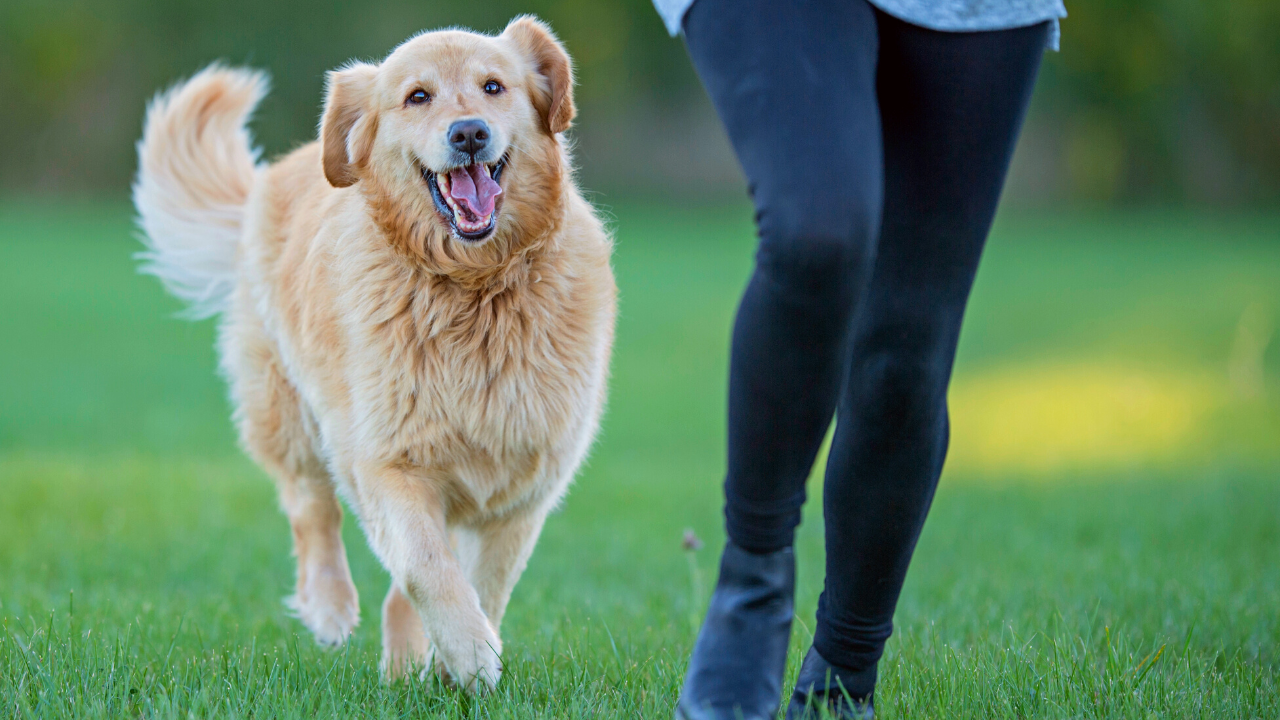What is wellbeing anyway?

by Janet Finlay
At HeartDog our commitment is to the wellbeing of dogs, their people and the canine professionals who support them. But what does that mean in practice?
There are, of course, many facets to this and there will no doubt be plenty more posts and discussions about the detail of what it means, but we wanted to jump in straight away and "nail our colours to the mast" as it were. We don't want there to be any doubt what HeartDog stands for.
Our industry has seen many shifts over the years and the force-free movement is certainly to be celebrated. But does it go far enough? Is using "only positive reinforcement" the be all and end all of our lives with animals? We don’t think so.
Force- and fear-free training is absolutely part of the puzzle - we want our dogs to participate in learning actively and with joy. But there is much more to achieving that than simply choosing kind training methods. All that we do, whether training, care-giving, or simply hanging out with our canine companions, gets to happen within the context of wellbeing for all.
Wellbeing is defined as being comfortable, healthy and happy - and there are four key universal types that apply to all animals: physical, emotional, mental and social.
So in physical wellbeing for dogs, we note their physical comfort and adjust what we ask of them to ensure this isn’t compromised. This will look different for different dogs. It will include removal of pain, as far as possible, but also providing appropriate exercise and rest, and making choices that avoid over-stressing our dog's body.
For emotional wellbeing for dogs, we acknowledge and pay attention to their emotional life and seek to do more of what fills them up and less of what drains and stresses them. So choosing things that they enjoy, things that they find fun and satisfying as well as protecting them, as far as possible, from fear, distress or frustration.
Mental wellbeing for dogs means we recognise them as thinking, problem solving beings, who need to use their brains and provide them with opportunities and environments that keep them curious and interested rather than bored, always noting individual differences in this as well.
Social wellbeing for dogs means we provide for their social needs - whether that is play with doggy companions or time spent with us. Some dogs, like people, are more social than others. Some only want to be with one person while others enjoy socialising with many dogs and people, with everything in between. Wellbeing is providing for the individual’s needs whatever these are.
So how does wellbeing provide a context for training, for example? It goes without saying that we only use training methods that are kind and respectful for both dog and human. But what about beyond that?
From a wellbeing perspective we would consider what exercises are appropriate for an individual dog. We would think about the physical positions we ask them to hold and the time we spend training. Ensuring plenty of breaks and making sure we are not overdoing it is vital for wellbeing.
We would also allow real choice. When we talk about choice for dogs we often mean the choice between engaging with us and getting reinforced or not engaging and getting nothing. True choice allows dogs not only to opt in but also to opt out and gives them reinforcing options for self-directed exploration and investigation away from the training situation.
We would consider the individual when thinking about our training methods. For example, is shaping fun and motivational for this individual or a source of frustration? There is no one size fits all method and many options even within force-free training.
Finally, our attention and social engagement with our dog would not be contingent on what they do. Attention should not have to be earned any more than food should have to be earned. Wellbeing means that these fundamental needs are provided for whatever else happens.
When we have this focus on wellbeing front and centre, we can have fun and do the activities that we and our dogs love, but we do so with a filter that allows us to check in on how things are impacting on everyone concerned.
And, of course, humans have similar wellbeing needs and we could lay out detailed examples for both dog guardians and canine professionals as well (and no doubt will in future!).
It can be a balancing act to ensure all needs are taken into account, especially if some of these needs appear to be in conflict. It may not be easy but it is our responsibility as canine professionals to advocate for the wellbeing of dogs without undermining the wellbeing of the people they live with - or indeed ourselves.
This is the mission of HeartDog.


